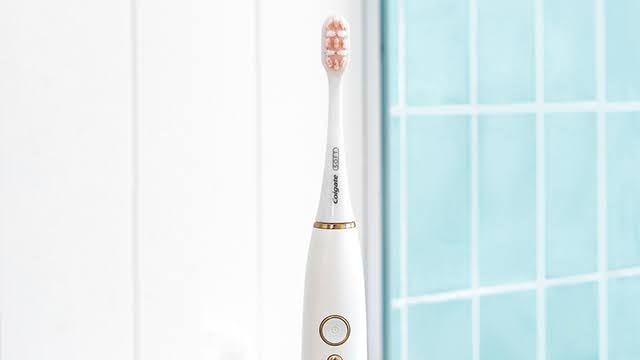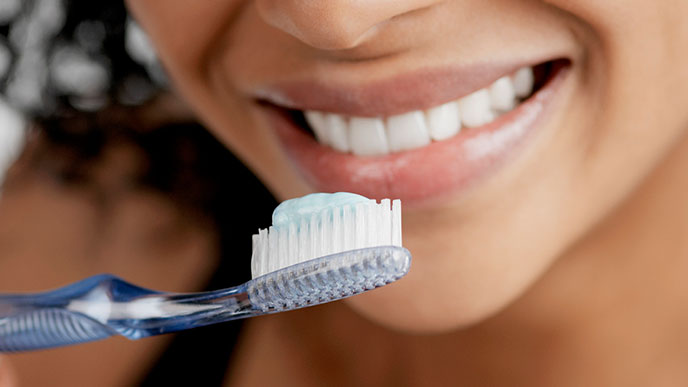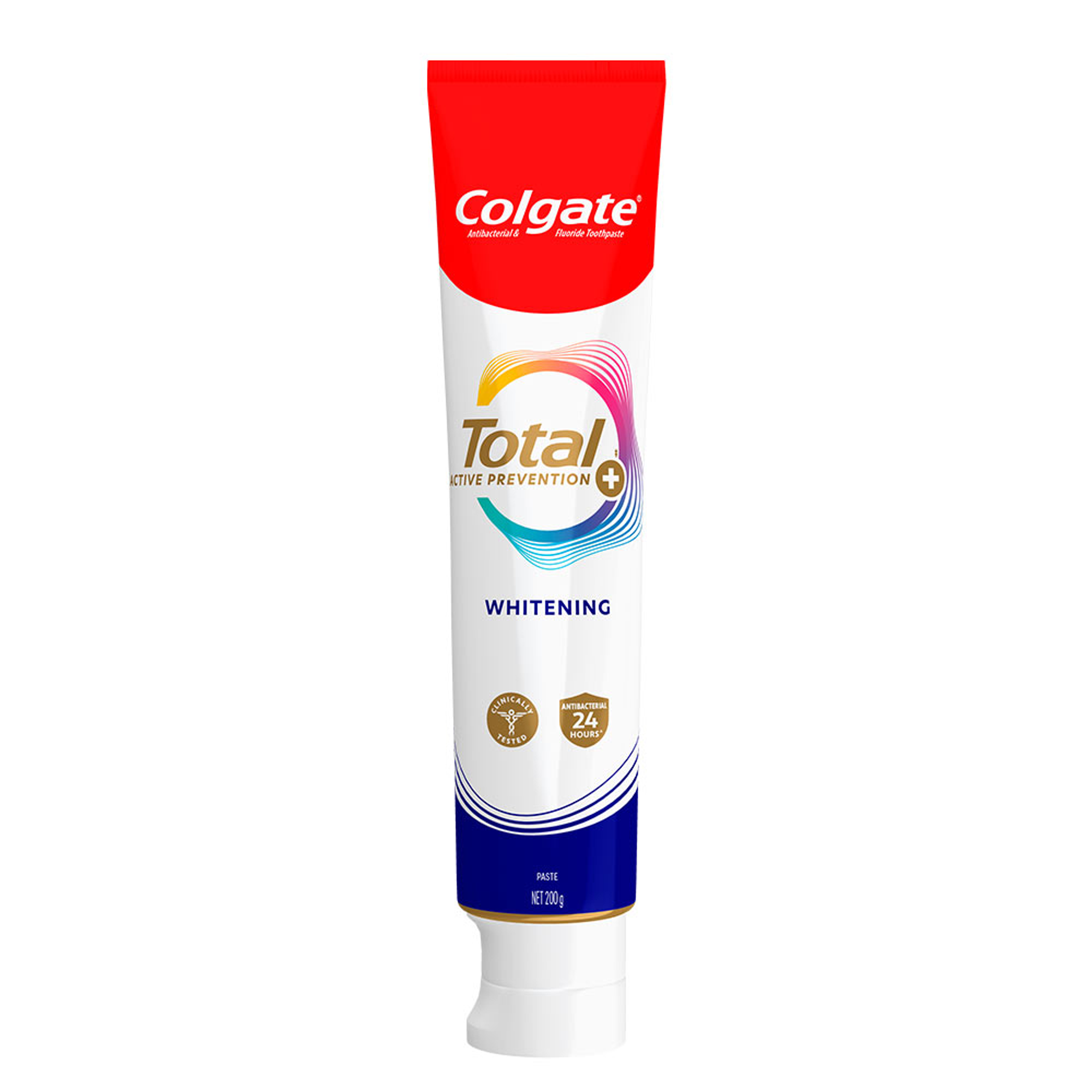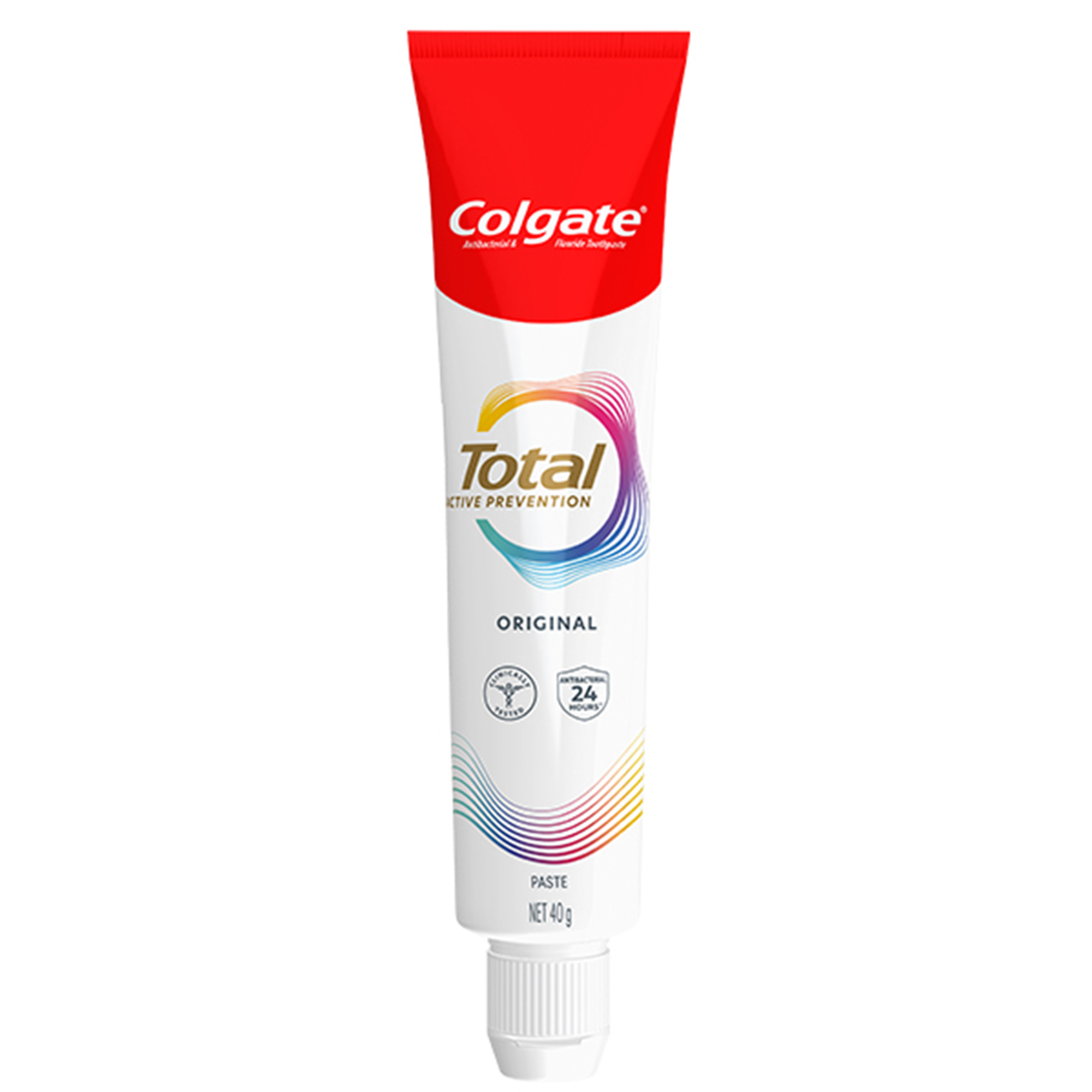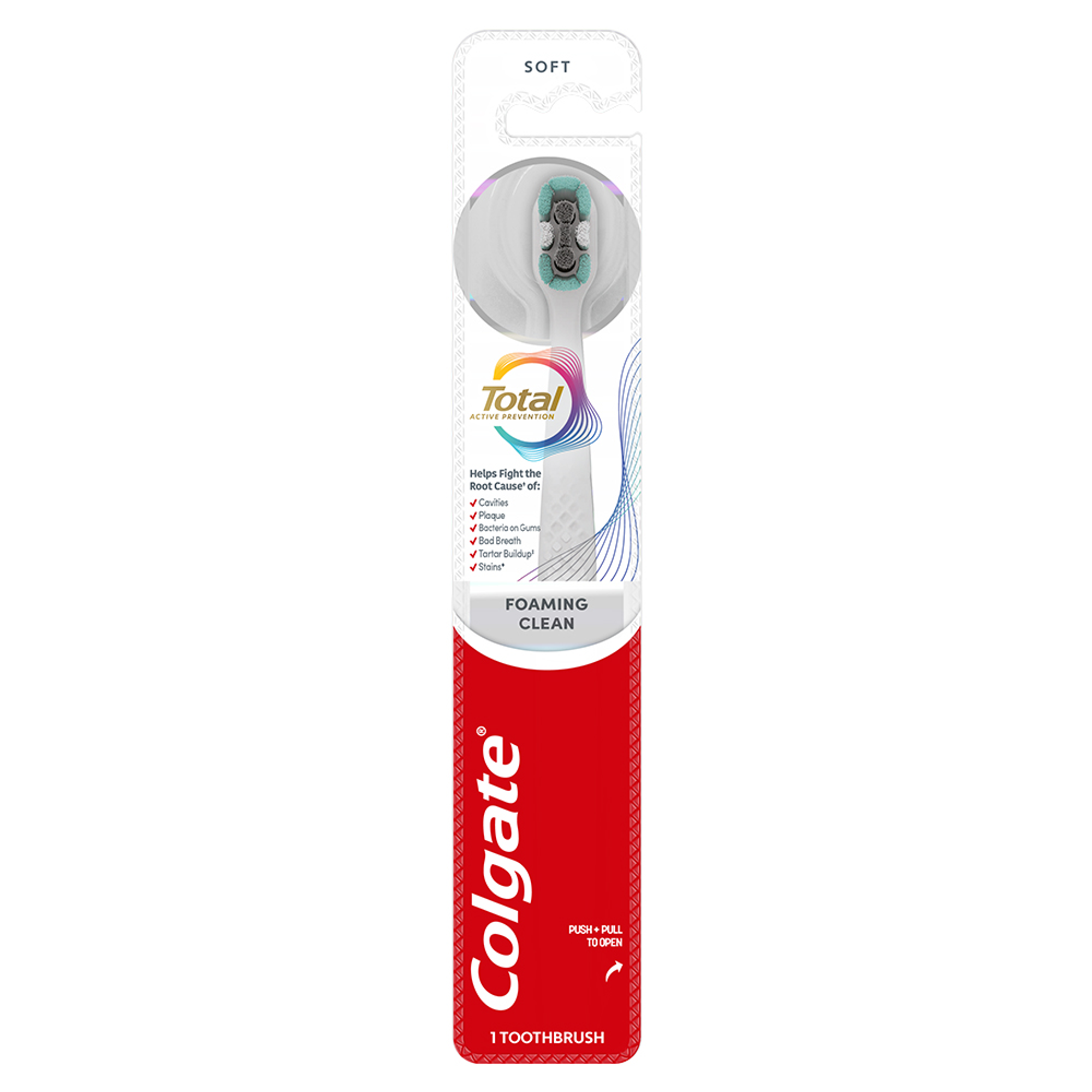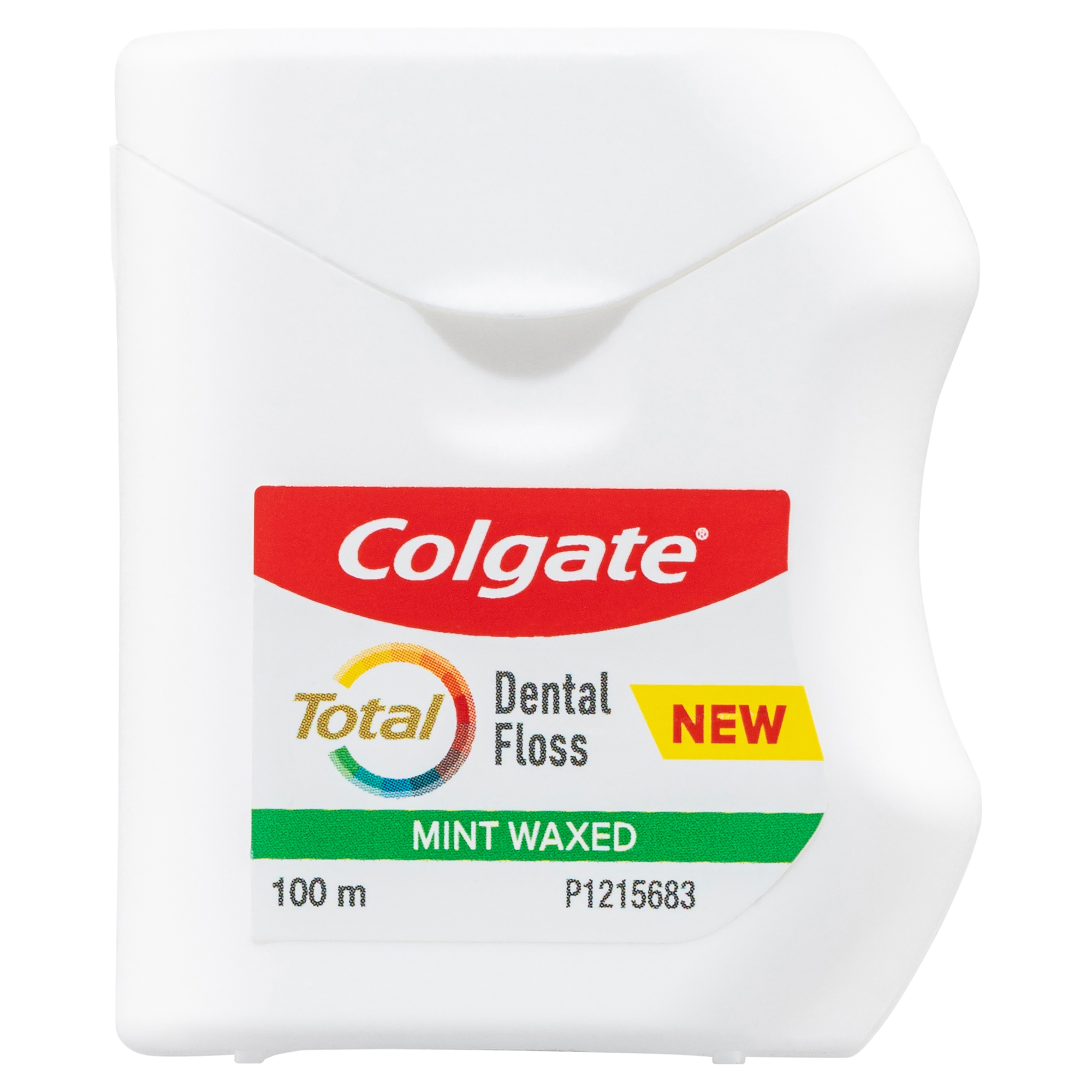The Mechanism of Teeth Whitening
In the past two decades, teeth whitening has become increasingly popular. Both professionally supervised "in-chair" and "at-home" teeth whitening treatments have proven safe and effective. The teeth whitening process involves a whitening substance that interacts with stains in the tooth's surface, leading to changes in its appearance.
Is an electric toothbrush better for teeth whitening than a manual?
Advancements in technology have transformed toothbrushes from their traditional manual forms into electric versions designed to meet various oral care needs. Both electric and manual toothbrushes contribute to maintaining good oral health, each employing its unique approach.
According to, Dr Peter Alldritt, an effective brushing techniques can yield excellent results with both manual and electric toothbrushes. The primary goal of brushing and flossing is to eliminate plaque, a bacterial biofilm that attempts to adhere to the teeth. Dr. Alldritt advises that the key lies in using the right brushing technique, which strikes a balance between placing the toothbrush close to the gum line to remove all plaque effectively and avoiding excessive pressure that could harm the teeth and gums.
Why choose an electric toothbrush for teeth whitening?
People who face difficulty cleaning their teeth properly with a manual toothbrush may benefit from an electric toothbrush since it is less reliant on brushing correctly. Here are a few factors that contribute to the usage of electric toothbrushes.
Teeth Cleaning with Less Effort
Electric toothbrushes are powered by a built-in rechargeable battery, which drives the brushing motion, making it easier for users to clean their teeth effectively. Some electric toothbrushes even have timers that shut off automatically after 2 minutes, the recommended brushing time. In contrast, manual toothbrushes lack automation, requiring users to rely solely on their brushing technique for effective teeth cleaning.
Ability to tailor your brushing
Electric toothbrushes are highly customisable. They come with different brush heads that suit different dental needs. There are several modes and settings you can configure and make adjustments to get a seamless cleaning experience for all gum types. Whereas manual toothbrushes do not have any settings and solely depend on the pressure exerted.
Effective Against Plaque
Electric toothbrushes harness the power of saliva, water, and toothpaste to serve as effective cleaning agents. Their focused and controlled brushing action can reach areas that are typically difficult to access with manual toothbrushes. This helps reduce the chances of plaque and bacterial buildup, enhancing overall oral hygiene.
Higher brushing strokes per minute
Many manual toothbrushes can achieve speeds of up to 300 strokes per minute, generally without causing harm to the gums. However, it might be necessary to reduce this speed for individuals with sensitive teeth or specific dental issues. On the other hand, electric toothbrushes can reach much higher speeds, up to 30,000 strokes per minute, without causing excessive irritation to the gums.
Value for money
Replacing the brush head of an electric toothbrush is a cost-effective option compared to buying an entirely new manual toothbrush when it wears out. Electric toothbrushes are smart because they are more budget-friendly and demand less maintenance. Their motors, batteries, and internal components can last years before needing replacement.
Which type of electric toothbrush is best for whitening teeth?
Electric toothbrushes come in two main types: oscillating-rotating toothbrushes, which use physical movement for brushing, and sonic toothbrushes, which rely on resonance principles. Sonic toothbrushes produce vibrations with a low amplitude but a high frequency, allowing them to achieve 30,000 strokes per minute. However, it is important to use a good brushing technique and thorough clean, by brushing with fluoridated toothpaste for at least 2 minutes twice daily, to helps minimise tooth decay risk.
How to use your electric toothbrush to get the best results
Electric toothbrushes come with a variety of functions and modes. That is why you need to keep a few tips in mind to obtain the best results for good oral hygiene:
Brush the teeth at a 45-degree angle,and guide the toothbrush along the to the gum line using light pressure.
Use the toothbrush timer effectively – it not only conserves battery but also helps you monitor the brushing time properly.
Do not glide the toothbrush back and forth over the teeth or use excessive pressure. Instead, maintain it in position for a few seconds on the surfaces of each quadrant.
After you've finished brushing, make sure to floss between teeth.
What kind of Toothpaste should I use?
The majority of toothpaste contains fluoride, a naturally occurring mineral. Using toothpaste that contains fluoride and drinking fluoridated tap water are effective ways to protect teeth from decay. Furthermore, some toothpaste varieties are formulated to address specific dental needs.
It's important to note that tooth whitening products with high concentrations of bleaching agents should be used only under the supervision of a dental professional.
The Role of Fluoride in Oral Health
Fluoride plays a crucial role in protecting teeth by strengthening them against decay. It occurs naturally in the environment, air, soil, freshwater, seawater, plants, and various foods
Fluoride contributes to dental protection through two key mechanisms:
Strengthening the tooth surface, making it more resistant to decay.
Assisting in the early stages of preventing tooth decay.
Drinking fluoridated water and using a fluoride toothpaste, boosts fluoride levels in saliva and plaque fluid, further enhancing tooth protection.
How to Brush Your Teeth Effectively
Brush at least twice daily at night, before sleep, and in the morning.
Use a soft-bristled toothbrush.
Hold the toothbrush at a 45° angle to the gums.
Brush all tooth surfaces gently and thoroughly by moving the brush back and forth in short, tooth-wide strokes.
Alternative approaches to teeth whitening
Brushing with a whitening toothpaste: Whitening toothpastes can contain mild abrasives and polishing agents that can help remove surface stains from teeth. Whitening toothpastes that contain a small percentage of hydrogen peroxide can remove stain for the outer and inner layer of the teeth, resulting in a shade change.
Professional teeth cleaning: A professional teeth cleaning can help remove plaque, tartar, and stains that have built up on the teeth over time. This can make the teeth look whiter and brighter.
If you are looking for a more dramatic whitening effect, you may want to consider professional teeth whitening treatments. These treatments use stronger bleaching agents to whiten teeth. However, it is important to note that professional teeth whitening treatments can be expensive and may cause some side effects, such as tooth sensitivity and gum irritation. If you are considering professional teeth whitening, be sure to talk to your dental professional to see if it is right for you.
Here are some additional tips for keeping your teeth whiter:
Avoid foods and drinks that can stain the teeth, such as coffee, tea, red wine, and dark-coloured soft drinks.
Brush the teeth twice a day for two minutes each time.
Floss the teeth once a day.
Visit the dental professional for regular checkups and cleanings.
By following these tips, you can keep your teeth white and healthy for years to come.
Conclusion
It is important to select the right toothbrush for oral health as it meets your unique needs. Brushing the teeth at least twice daily for 2 minutes is essential, according to the Australian Dental Association Oral health is essential to general health, well-being, and quality of life. The World Health Organisation defines oral health as "a state of being free from chronic mouth and facial pain, oral and throat cancer, oral infection and sores, periodontal (gum) disease, tooth decay, tooth loss, and other diseases and disorders that limit an individual's capacity in biting, chewing, smiling, speaking, and psychosocial wellbeing."
This article is intended to promote understanding of and knowledge about general oral health topics. It is not intended to be a substitute for professional advice, diagnosis or treatment. Always seek the advice of your dentist or other qualified healthcare provider with any questions you may have regarding a medical condition or treatment.





